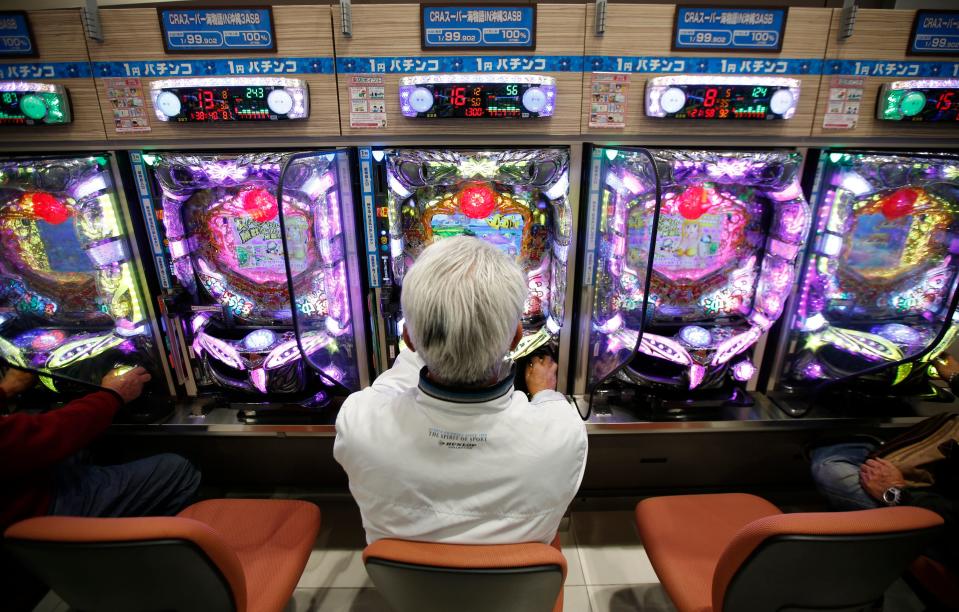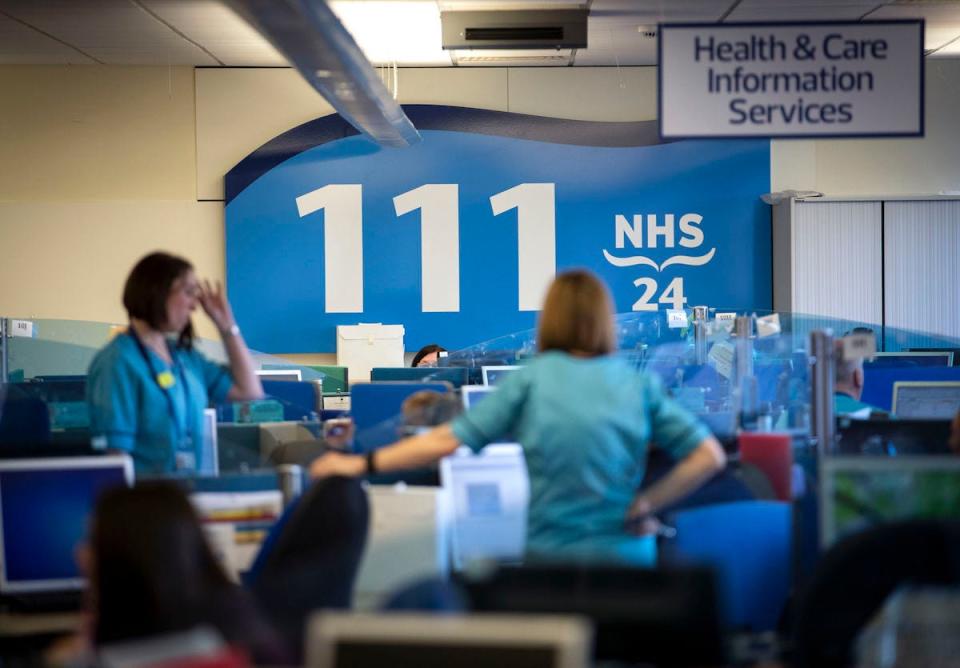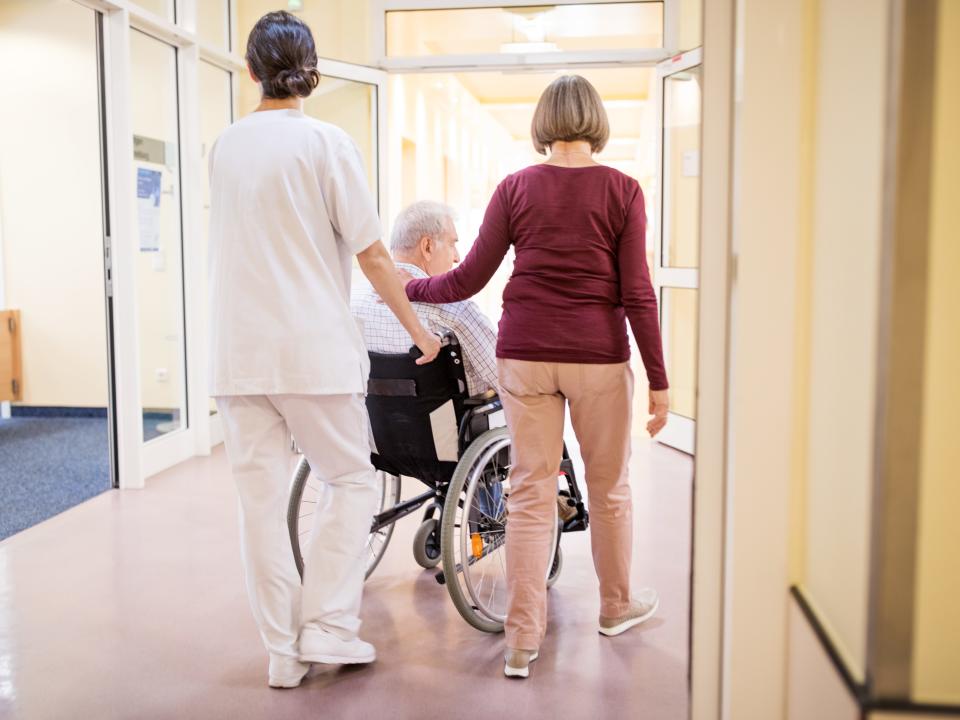25 scientists were sent to China to research the coronavirus. Here's what they found.
The World Health Organization (WHO) sent 25 scientists to China to research the coronavirus.
In a report, the scientists describe their findings about how the disease spreads and who is most likely to be impacted.
Children are less likely to catch the virus, the report found.
Common symptoms include fever, cough, and fatigue, according to the report.
You can read a summary of the report's findings below.
Median age

Reuters
As of late February, the median age of the coronavirus cases in China was 51. The majority, around 77%, of cases were in people between 30 and 69 years old.
Bats

REUTERS/Sukree Sukplang
Bats appear to be the source of the coronavirus, but it's not yet clear which type, or types, of animals were the "intermediate hosts" that passed the virus on to humans.
How it's transmitted

Justin Sullivan/Getty Images
COVID-19 is transmitted via "close unprotected contact." Based on the evidence in the report, "airborne spread" is not believed to be a major driver of transmission.
Family spread

Getty
Human-to-human spread "is largely occurring in families" in China, the report said. 78% to 85% of "clusters" of coronavirus cases were in families.
No immunity

Mark Lennihan / AP
COVID-19 is a "newly identified pathogen" and there is "no known pre-existing immunity in humans," the report said. "Everyone is assumed to be susceptible, although there may be risk factors increasing susceptibility to infection."
Children and the coronavirus

AP Photo/Bebeto Matthews
For people under 18 years old, "there is a relatively low attack rate." The report found that there were no positive cases of coronavirus in children in November, December, or the first two weeks of January.
People interviewed for the report "could not recall" instances where a child transmitted the virus to an adult.
Types of symptoms

Jane Barlow-Pool/Getty Images
COVID-19 symptoms can range from no symptoms to "severe pneumonia and death." Mild respiratory problems and fever start on average five to six days after infection. The typical signs based on over 55,000 cases were:
Fever (87.9%)
Dry cough (67.7%)
Fatigue (38.1%)
Sputum production — saliva and mucus from the respiratory system (33.4%)
Shortness of breath (18.6%)
Sore throat (13.9%)
Headache (13.6%)
Chills (11/4%)
Severity

Finnbarr Webster/Getty Images
Around 80% of confirmed patients had mild to moderate cases of COVID-19. 13.8% had severe cases, and 6.1% were severe, which includes respiratory failure and multiple organ failure.
People at the highest risk

Royalty Free
Preexisting conditions and age impact the coronavirus' severity. People over 60 years old and people with underlying conditions like hypertension, diabetes, cardiovascular disease, chronic respiratory disease, and cancer are at higher risk of becoming seriously or fatally ill from COVID-19.
In children, the virus appears to be rare and mild, as only 2.5% of cases in children were severe and 0.2% were critical.

